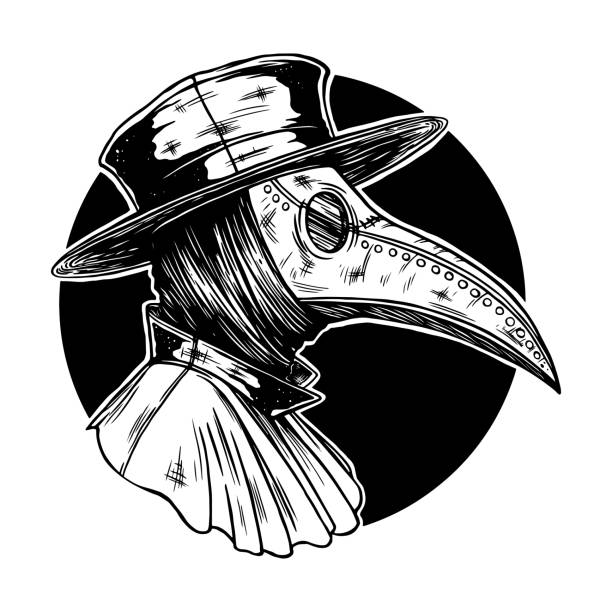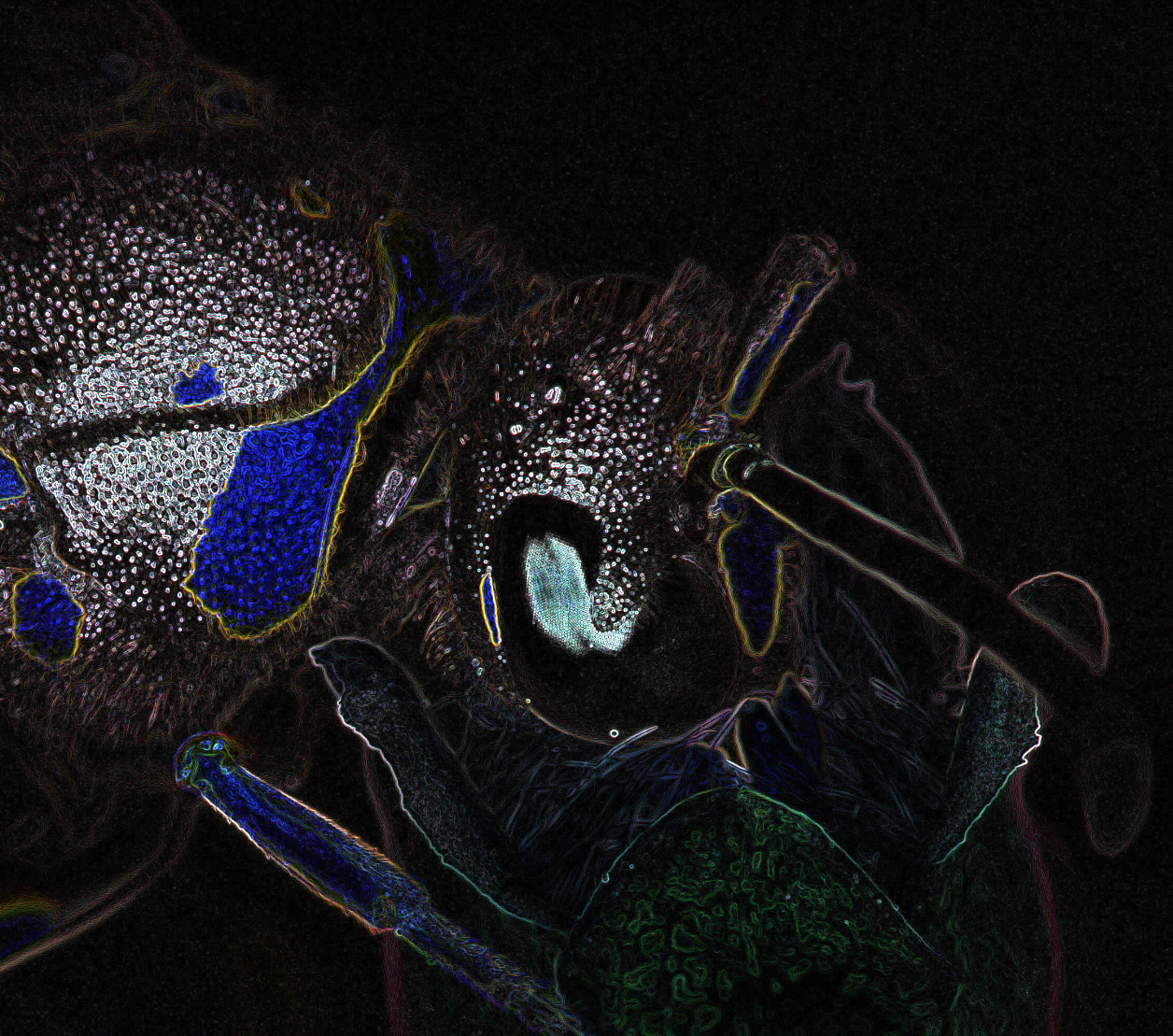Some kids in my family start losing their milk teeth. 🦷
While we don’t do the tooth fairy 🧚 stuff, I wondered whether there’s any cool kid-friendly experiments 🔬 to do with their deciduous teeth? Like dissolving them in easily available liquids to teach them the importance of brushing, or maybe some material strength tests to show how cool enamel is?
Hit me with some cool ideas, I‘ve got a few teeth to experiment with 😃
It’s great segway to discuss aging, decay and the certain death that awaits them. Or you can do the fairy stuff sure
Digital microscopes are very affordable. Basic models up to 1000x can be found for 50 USD.
Break one up and look at the different layers under magnification.
Lol, 1000x is such bullshit. It’s hopelessly stacked digital zoom or idiotic lens measurements. 1000x is about the absolute maximum with classic light microscopes and those that can do it are quite expensive. Buy some cheap (stereo)microscope for $100 from some company like amscope (maybe used) and it will be much better and be useful for other stuff.
What do you mean by “useful for other stuff”? It’s still double the investment, what do you gain for this much, realistically, from a purely hobbyist, I’ll check things with my 6yo, PoV? Are we talking genuine trash to good, or more like acceptable to great?
We’re talking gimmick/toy vs basic research tool. You won’t be limited by what’s more or less a low end webcam with a cheap plastic macro zoom lens in front because you’ll have higher quality optics you can use with your eyes. You don’t run the risk of it not working anymore with newer hardware/software. If there’s ever a science project from school or the child is interested in science later on, a proper microscope will still work in 10 or more years, and you’ll be able to upgrade stuff.
You might need to buy used though although the stuff from Amscope and similar companies can be quite cheap while it’s new. Depends on what features you want.
For looking at teeth you’ll want a stereomicroscope which is cool because you can just throw stuff on the stage and look at it like it is and you get a 3D image. It doesn’t have the high magnification of compound microscopes though. Of course if you invest more you can also get good digital microscopes but for $50 it’s not gonna be great.
Love that one. This definitely goes on the list.
Other nice experiments with a microscope are: looking at the cells of (red) onions, chlorophyll in green leaves, and water from a pond, hairs etc. But I don’t know what kind of magnifying you need. These things are probably not that small.
One of the most infamous experiments is submerging the tooth in cola, to show the importance of brushing. In primary school, it was done on white eggs though, but using a tooth would be more authentic. Ironically, while the tooth should completely rot in cola, the liquid is perfect for washing household things (the sink or a toilet bowl for example).
Does it really? I tried that with some meat when I was a kid, and other than turning a little ugly not much changed.
Yes it totally does. My teachers got a load of disembodied teeth when I was about 6, and we tied them to string and left them suspended in various drinks. The ones in coca cola had completely disappeared by the end of the experiment.
If you save up enough, you can have them in a bowl with milk, like teeth cereal.
Thompson’s Teeth. The only teeth strong enough to eat other teeth.
Or make anal beads for (overly ambitious) ants
Edit: or unambitious assplay-enthusiasts
If they haven’t been brushing their teeth and there’s visible calculus on them, you could use a metal pick and scrape it off like a dentist doing teeth cleaning, to show them how thick it is.
Well, I’ve been tempted to cut them in thin slivers, press them between metal plates, and test for piezoelectricity (they ought to be piezoelectric). Them build a higher-than-normal voltage Colpitts oscillator around it. Higher voltage to compensate for lousy crystal performance, not “high voltage”. Maybe tens of volts?
Then use them as a clock source for a CPU. Try to get one with fully static operation in case the frequency is not super stable.
This forms a good introduction to practical necromancy and necrocomputing for children. Happy Halloween!
Wow, calcium phosphate is piezoelectric? Good to know in case I can’t find quartz for some reason.
Bone is piezoelectric – not sure if this is due to structure or because apatite is also piezoelectric.
Some practical notes:
I haven’t been able to use it in crystal oscillators at 5V and a naive setup (a standard hex inverter crystal oscillator circuit). Probably I’ll need to use proper thin sections of it (to increase the electric field per mm), increase the voltage (e.g. 20V), and maybe stress it in the right direction (bone has a ‘grain’ to it).
Also : Fee fi fo fum. I’ll grind some bones to make my… breadboards?
what you can do is hide the teeth under a neighbor kits pillow and leave a note on the door for the parents, then when they leave the money you go back in and take it before the parents find out, just watch out for the local tooth mob boss
You can drop one in a glass of soda and one in a glass of milk to demonstrate what that stuff does to your teeth after 24 hours.
Another experiment (with Halloween coming up) might be to string those teeth up as a necklace and observe the reactions of people noticing it…
crunchy kitty meme comes to mind
The first thing that comes to my mind is to polish them like rocks.
Teeth in a tumbler could be anything from a kids story to the next Stephen King novel.





